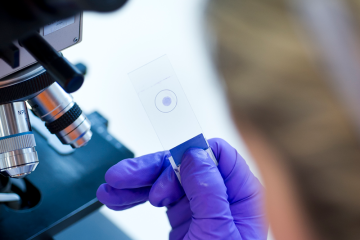Project grant
A platform to investigate multi-tissue crosstalk mediated by exercise induced soluble factors released from human skeletal muscle

At a glance
In progress
Award date
January 2023 - December 2024
Grant amount
£199,208
Principal investigator
Professor Mark Lewis
Co-investigator(s)
Institute
Loughborough University
R
- Replacement
Read the abstract
View the grant profile on GtR
